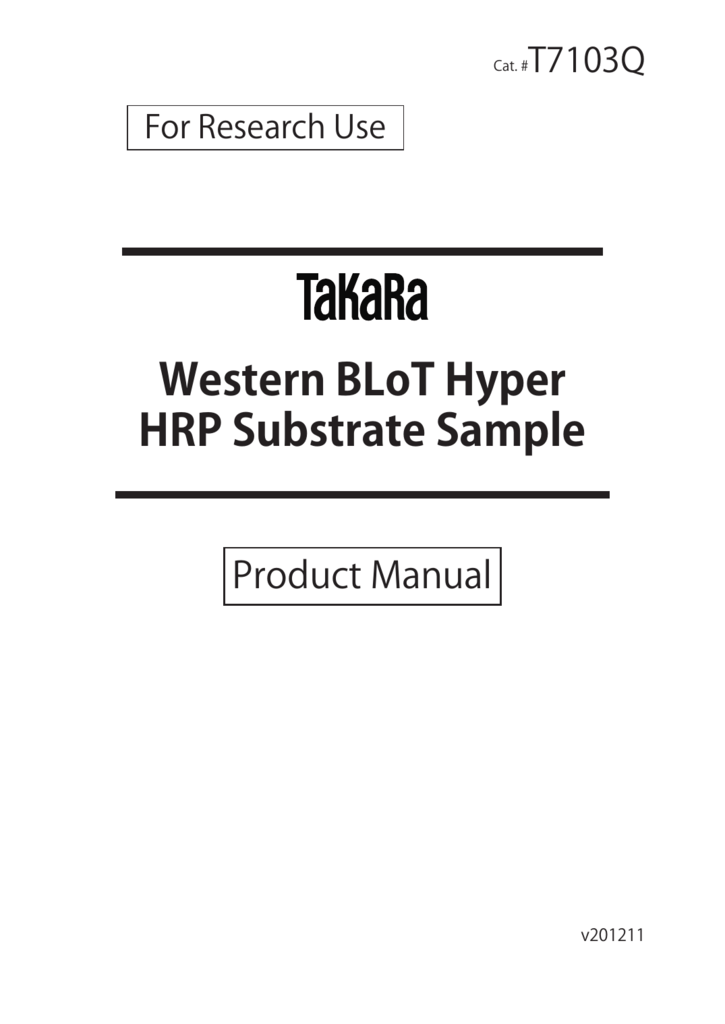
Protein transfer from gel to membrane was unsuccessful Include protease inhibitors in the lysis buffer.nuclear fractionation) if necessary to increase the concentration of a non-abundant protein Use immunoprecipitation or fractionation (i.e.Ensure the lysis buffer is the optimal buffer for the target protein lysis buffer differs based on target protein localization.Use a positive control lysate known to express the target protein, an overexpression lysate, or a recombinant protein.Load more protein per well (titrations might be helpful).If the primary antibody is re-used too many times, the effective antibody concentration may be too low use fresh antibody to improve signal.Increase the incubation time to 4☌ overnight.Novus Antibody Concentration Kit can be used to increase primary antibody concentration. Increase the concentration of the primary antibody (titrations may be helpful).Primary antibody concentration is too low The following troubleshooting guide is intended to explain causes and possible solutions for common problems observed in western blotting. We hope this gives you some help in tracking down the source of multiple bands.Transferring protein from gel to membrane


Primary antibody concentration too high – try a lower concentration.A BLAST search or dig through the literature may help reveal if this is the case. Less likely, but it could actually be a novel protein, or splice variant, with similar epitopes. Usually you’d only expect to see only a few extra bands. If you’re protein forms multimers, then boiling in Laemmi buffer for 5-10 minutes could disrupt them and clean up multiple bands. Protease inhibitors are the solution here. For purified proteins, 10-100 ng should be about right.Īre the bands at a lower molecular weight than expected?ĭepending on your sample type, and how it was prepared, your protein could have been digested. For membrane, nuclear and cell lysates aim for about 20-30 µg/well. Double check the protein concentration of your sample. Too much protein in a lane can cause ‘ghostbands’ to appear. If so, it may be possible to strip them off in your sample preparation, ensuring your protein runs as expected. Double check if the protein you’re interested in has modified forms like these. Post-translational modificationsĪcetylation, methylation, phosphorylation, glycosylation…Īll of these ‘ations’, the modified forms of a protein, can cause extra bands. High passage number cells can accumulate differences in their expression profiles, so try to use less-frequently or non-passaged cells. To help you figure it out we’ve prepared a few more Western Blot hints and tips.Īs we always recommend, it’s best to start with fresh reagents and buffers where possible if you need to repeat anything, just to ensure there’s no contamination and that everything has been prepared correctly. This can be a troublesome issue to resolve, as it’s not always the blotting technique or procedure itself that’s the problem. Now it sits in front of you, and looks more like a barcode than the clean single band you’d expected. What it means when you get multiple bands on your western blot


 0 kommentar(er)
0 kommentar(er)
